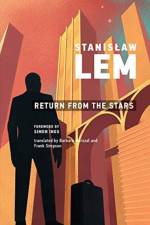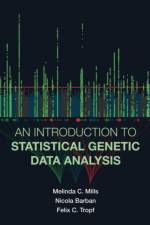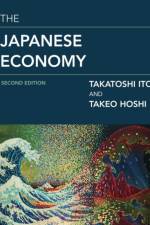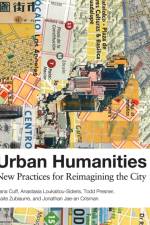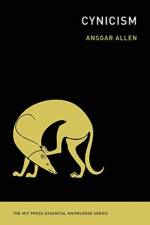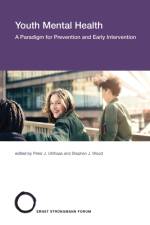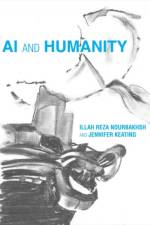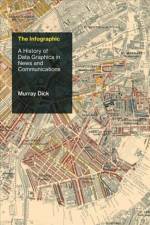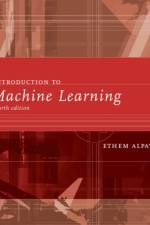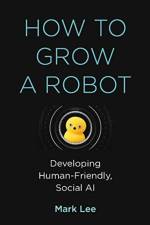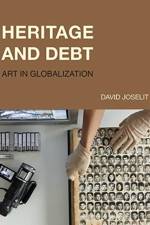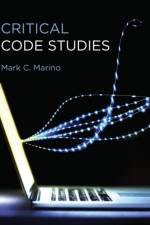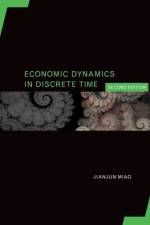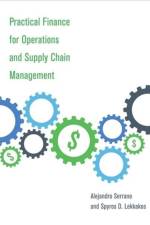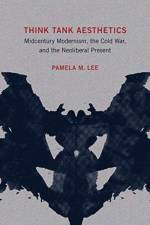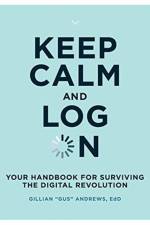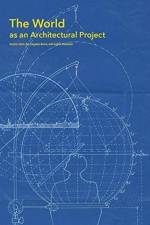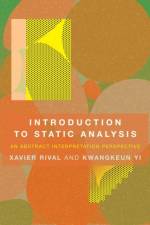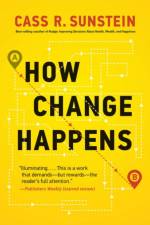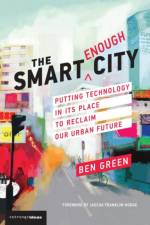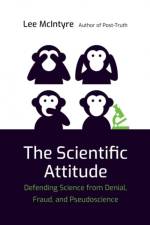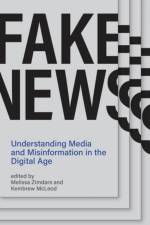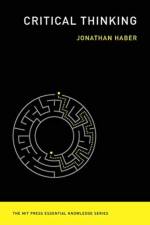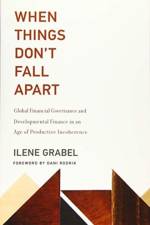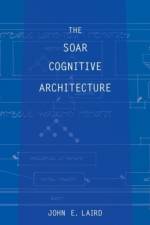- A Paradigm for Prevention and Early Intervention
835
Experts discuss the potential of early intervention to transform outcomes for people with mental disorders.Mental illness represents one of the largest disease burdens worldwide, yet treatments have been largely ineffective in improving the quality of life for millions of affected individuals—in part because approaches taken have focused on late-stage disorders in adulthood. This volume shifts the focus by placing the developmental stage of "youth” at the center of mental health. The contributors challenge current nosology, explore mechanisms that underlie the emergence of mental disorders, and propose a framework to guide early intervention. Offering recommendations for the future, the book holds that early intervention in youth has the potential to transform outcomes for people with mental disorders and to reconfigure the landscape of mental health.The contributors discuss epidemiology, classification, and diagnostic issues, including the benefits of clinical staging; the context for emerging mental disorders, including both biological and sociocultural processes; biological mechanisms underlying risk for psychopathology, including aspects of neural circuitry; and developing and implementing prevention and early intervention, including assessment and intervention modalities and knowledge translation in early treatment of schizophrenia. ContributorsNicholas B. Allen, Mario Alvarez-Jimenez, G. Paul Amminger, Shelli Avenevoli, Hannah F. Behrendt, Tolulope Bella-Awusah, Maximus Berger, Byron K. Y. Bitanihirwe, Drew Blasco, John D. Cahill, Joanne S. Carpenter, Andrew M. Chanen, Eric Y. H. Chen, Shane D. Colombo, Christoph U. Correll, Christopher G. Davey, Kim Q. Do, Damien A. Fair, Helen L. Fisher, Sophia Frangou, John Gleeson, Robert K. Heinssen, Ian B. Hickie, Frank Iorfino,Matcheri S. Keshavan, Kerstin Konrad, Phuong Thao D. Le, Francis Lee, Leslie D. Leve, Sarah A. Lieff, Cindy H. Liu, Beatriz Luna, Patrick D. McGorry, Urvakhsh Meherwan Mehta, Andreas Meyer-Lindenberg, Shreya V. Nallur, Cristopher Niell, Merete Nordentoft, Dost Öngür, George C. Patton, Tomás Paus, Ulrich Reininghaus, Bernalyn Ruiz, Fred Sabb, Akira Sawa, Michael Schoenbaum, Gunter Schumann, Elizabeth M. Scott, Jai Shah, Vinod H. Srihari, Ezra Susser, John Torous, Peter J. Uhlhaas, Swapna K. Verma, T. Wilson Woo, Stephen J. Wood, Lawrence H. Yang, Alison R. Yung

